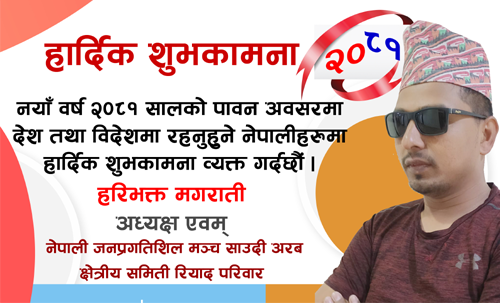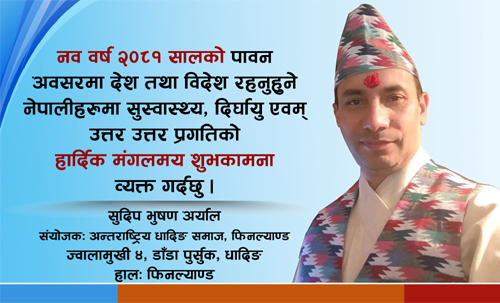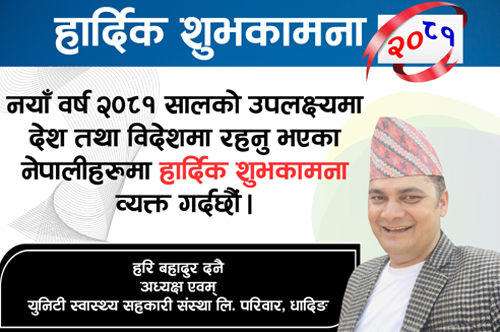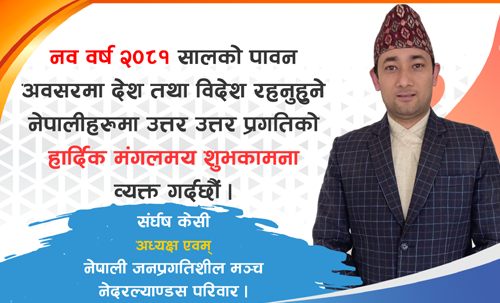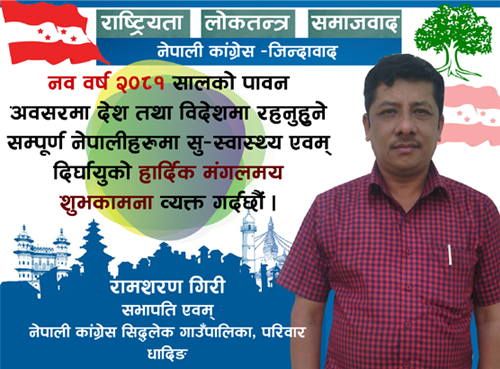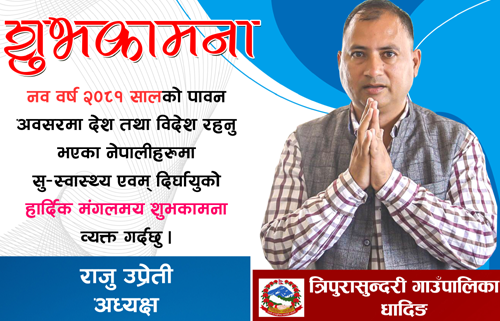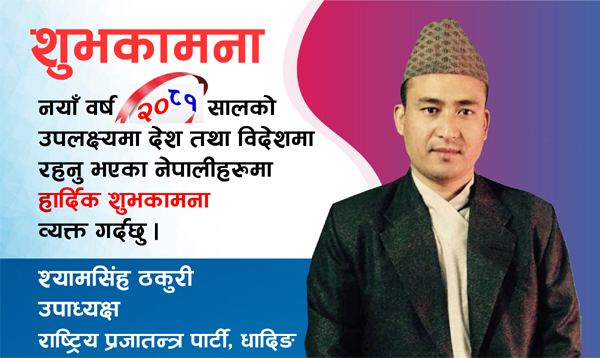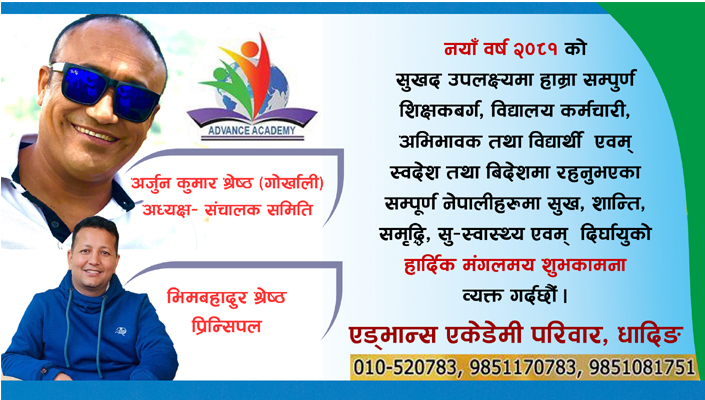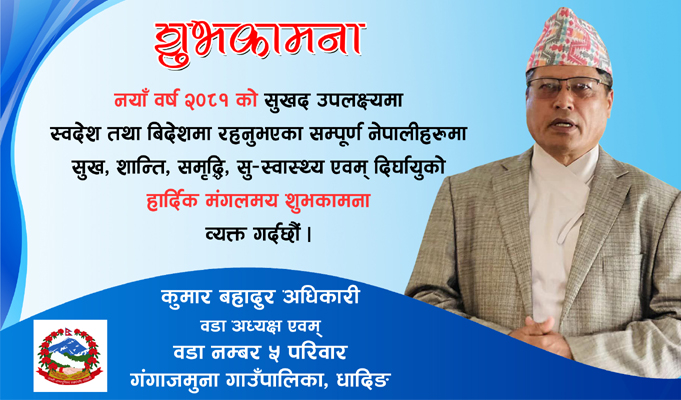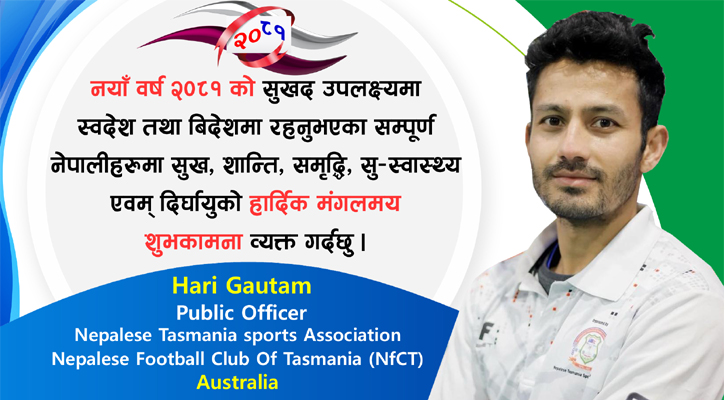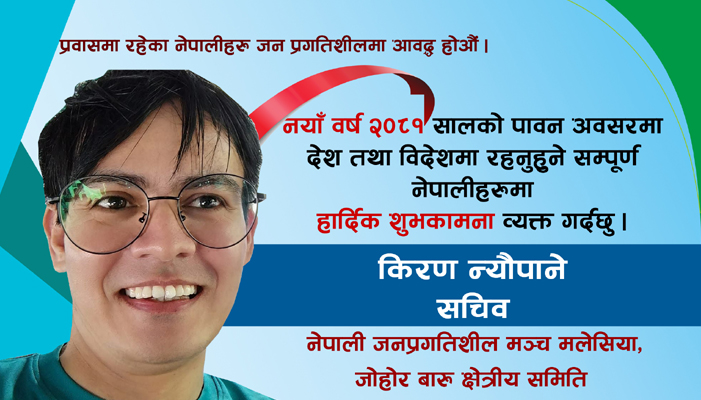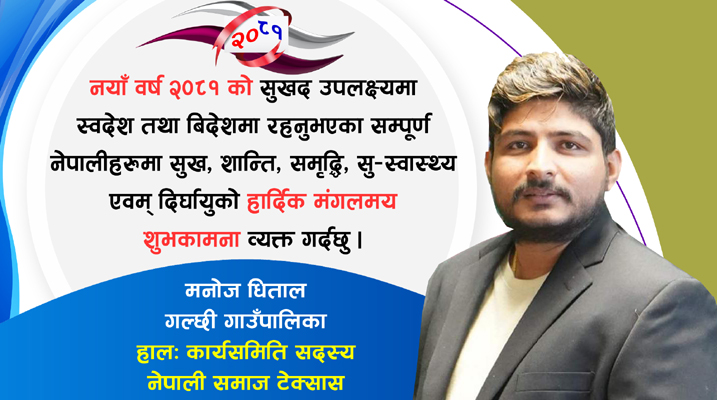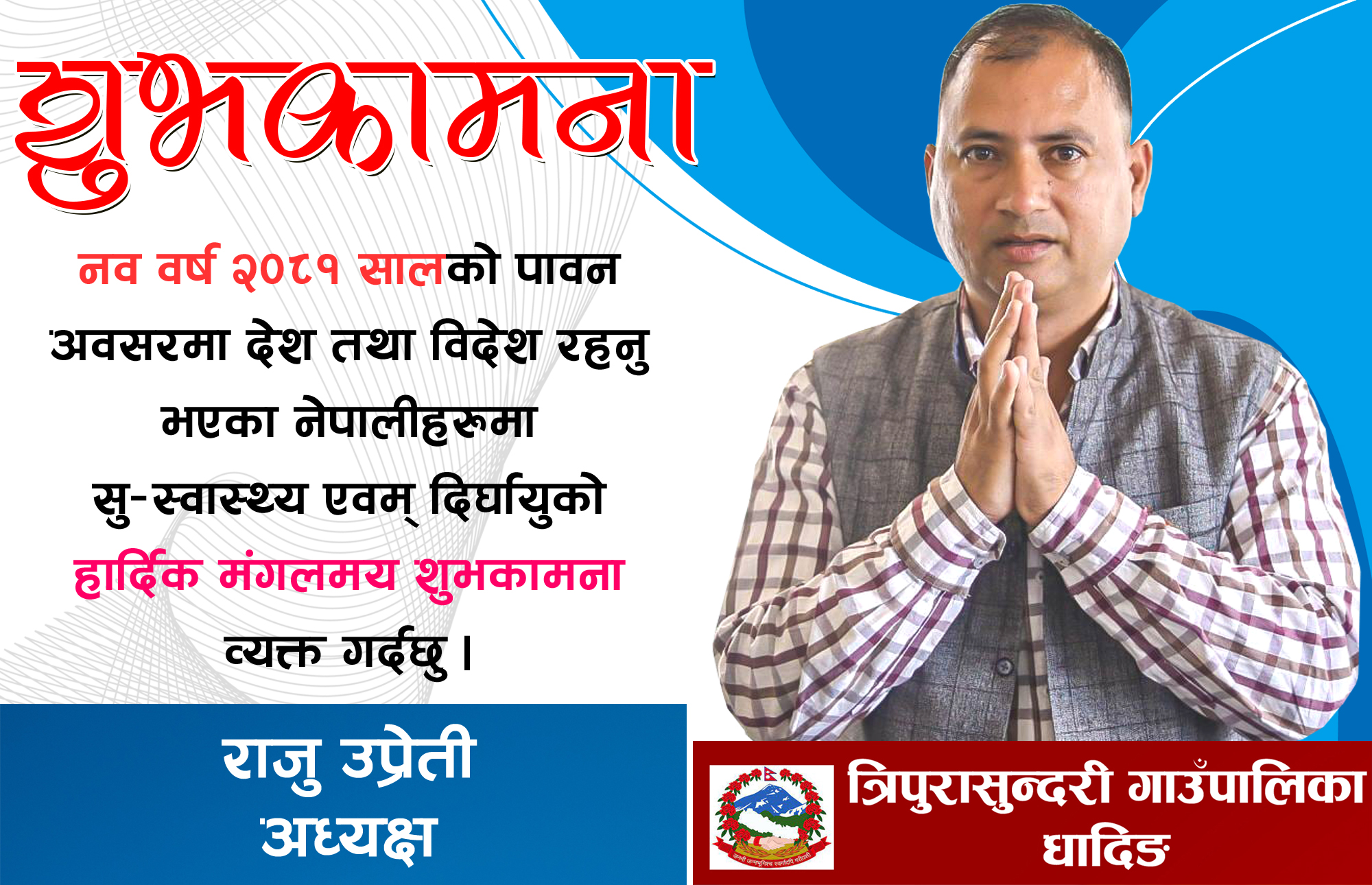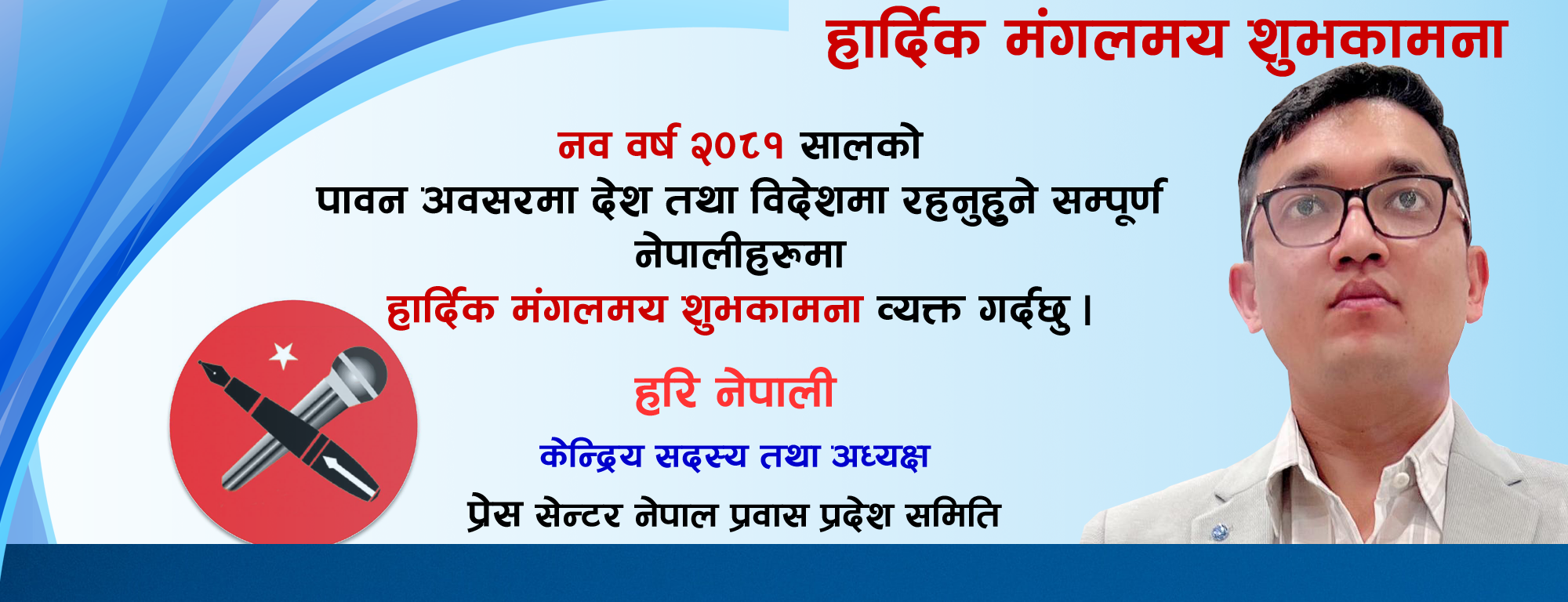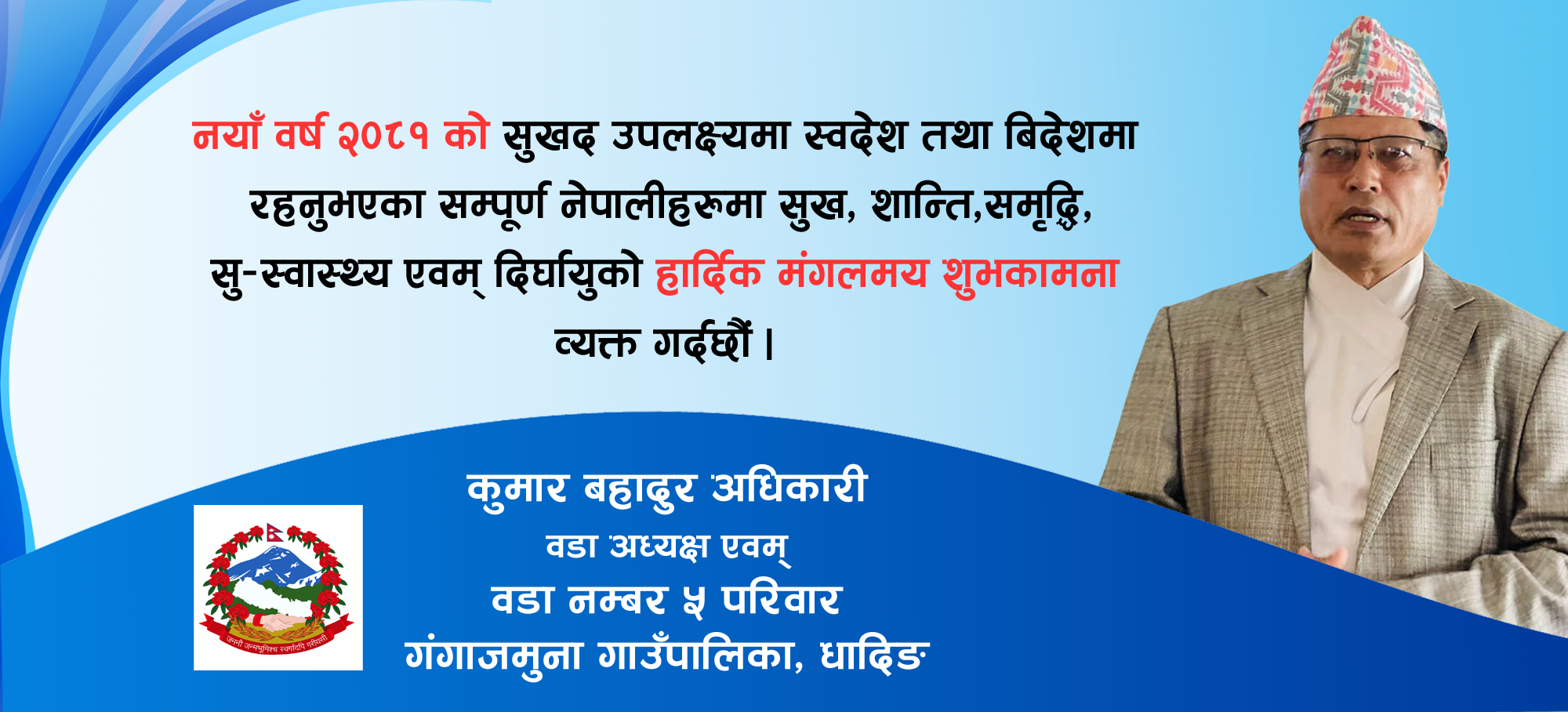December 1st, world HIV/AIDS day. Different government and non government organizations are going to organize different programmes related to HIV/AIDS.
HIV in Nepal is extremely heterogeneous, with respect to the most‐at‐risk populations (MARPs), geographic distribution, and risk factors in different geographic regions. The epidemic is concentrated in key populations such as sex workers, injecting drug users (IDUs), men who have sex with men (MSM), and some migrants.
AIDS (Acquired immunodeficiency syndrome) is a syndrome caused by a virus called HIV (Human Immunodeficiency Virus). The illness alters the immune system, making people much more vulnerable to infections and diseases. This susceptibility worsens as the syndrome progresses. AIDS is one of the most devastating epidemics ever recorded in the world. AIDS was first recognized in Los Angles in 1981 and it’s causative agent was first reported by Luc Montagnier and colleagues from Pasteur Institude, Paris, in 1983 which they called Lymph Adenopathy associated virus (LAV).The international Committee on virus nomenclature in 1986 gave the name human immunodeficiency virus or HIV. The first case of AIDS in Nepal was reported in 1988.Cumulative reported HIV positive cases is 28865(as of july 2016) in Nepal. Out of which 17,949 are male, 10,828 are female and 92 are third gender. HIV is a Lentivirus, a sub family of Lentiviridae in the family retrovirus.
HIV is the virus which attacks the T-cells in the immune system. AIDS is the syndrome which appears in advanced stages of HIV infection.HIV infection causes AIDS to develop. However, it is possible to be infected with HIV without developing AIDS. Without treatment, the HIV infection is allowed to progress and eventually it will develop into AIDS in the vast majority of cases. HIV, the causative agent of AIDS occurs in two main strains;HIV-1 and HIV-2. HIV-1,the predominant virus, is worldwide in distribution, while HIV-2 has also been detected in East Africa, Asia, Latin America and North America.
HIV genome contains nine genes: three major/structural (gag, pol, env), five nonstructural genes (tat, rev, nef, vif, vpr) and one vpu or vpx and the nucleocapsid core is of D type with cylindrical core.
 The increasing availability of antiretroviral treatment (ART) has dramatically contributed to a reduction in mortality and morbidity related to HIV/AIDS in resource-limited countries (RLC). In order to limit the emergence of resistance to antiretroviral drugs, HIV treatment should ideally be accompanied by regular virological monitoring, including viral load (VL) and genotypic drug resistance testing. With the recent scaling up of ART in RLC, people from semiurban and rural areas are now also receiving treatment, and recent data have shown variable levels of virological failure (VF) and drug resistance in these areas.
The increasing availability of antiretroviral treatment (ART) has dramatically contributed to a reduction in mortality and morbidity related to HIV/AIDS in resource-limited countries (RLC). In order to limit the emergence of resistance to antiretroviral drugs, HIV treatment should ideally be accompanied by regular virological monitoring, including viral load (VL) and genotypic drug resistance testing. With the recent scaling up of ART in RLC, people from semiurban and rural areas are now also receiving treatment, and recent data have shown variable levels of virological failure (VF) and drug resistance in these areas.
| Bodily fluids that are infectious | Bodily fluids that are not infectious |
| Blood (including menstrual blood)
Semen / cum / precum / ejaculate. Vaginal secretions. Breast milk. |
Saliva / spit
Tears Sweat Feces / poop Urine / pee |
How is HIV transmitted?
HIV is transmitted through blood (transfusion of blood and blood products, sharing needles by intravenous drug abusers, needle stick injury, open wound, and mucous membrane exposure in health care workers, Tattoo needles),sexual contact, transplacental or perinatal transmission and organ transplantation.
HIV is not transmitted by touching, hugging, kissing, casual contact, coughing and sneezing. It is also not transmitted by bite insects or through water, food, utensils, or by swimming in swimming pool.
There are five clinical stages of disease :
1. Acute illness associated with seroconversion.
2. Asymptomatic or latent HIV infection .
3. Persistent generalized lymphadenopathy.
4. Lesser AIDS or AIDS related complex.
5. AIDS.
The incubation period of HIV ranges between 2-4 weeks. viraemia occurs during that period and the infection can be transmitted before appearance of detectable antibodies in the blood. “flu-like” symptoms like Fever, Severe Fatigue, A non-itchy rash, Swollen glands/lymph nodes, Muscle aches, Sore throat, Night sweats, Sores or ulcers in mouth etc are seen at the beginning stage of infection. After acute phase Asymptomatic phase starts which may last for several years (average 10 years).During this phase not any signs and symptoms are seen but the virus replicates in lymph nodes and the immune response of the host limits the virus load, but does not clear it completely. In third stage the patient remains seropositive but without any symptoms except persistent generalized lymphadenopathy. lymph nodes are enlarged, at least 1 cm in diameter, in two or more than two noncontiguous extrainguinal sites, that persist for at least three months.
This may progress to AIDS .In fourth stage patients have constitutional symptoms of unexplained fever, fatigue, night sweats, weight loss, and chronic diarrhea without any opportunistic diseases. The fifth stage is the AIDS. Incubation period of AIDS varies from 1-14 years, with an average of 6 years. In this stage different opportunistic infections (parasitic, mycotic, Bacterial, viral) and malignancies (Kaposi’s sarcoma, lymphomas) take place. Progressive wasting syndrome, recurrent severe infections other than opportunistic infections, such as recurrent bacterial pneumonia or pulmonary tuberculosis, Neurological diseases such as dementia, progressive multifocal encephalopathy or significant developmental delays in children, cell count (CD4 +T cells) falls below 200/cumm.etc are seen in the patients at AIDS stage.
How is it diagnosed at the Laboratory?
The specimens include serum and plasma for HIV serology and lymphocytes for isolation of HIV. HIV specific antibodies detection is done in lab by ELISA test. Antigens are prepared by rDNA technology. And are usually envelope gp120 and gp41.ELISA is screening test and western blotting must be done to confirm. Immunochromatography tests are also done using Kit to differentiate HIV-1 or HIV-2. ELISA and RIA tests are performed to detect the HIV antigen even during the window period. Polymerase chain reaction can detect pro-viral DNA during window period and this can successfully differentiate between HIV-1 and HIV-2. CD4 count also decreases below 500/microliter.
Treatment of HIV/AIDS
HIV is treated using a combination of medicines to fight HIV infection. This is called antiretroviral therapy (ART).HIV medicines are grouped into six drug classes according to how they fight HIV. The choice of HIV medicines to include in an HIV regimen depends on Other diseases or conditions that the person with HIV may have, Possible side effects of HIV medicines, Potential interactions between HIV medicines or between HIV medicines and other medicines the person with HIV is taking, Results of drug-resistance testing, Convenience of the regimen, Cost of HIV medicines etc. Drugs used are Zidovudine, Abacavir, Amprenavir, Indinavir etc. There is currently no vaccine that will prevent HIV infection or treat those who have it.
ART isn’t a cure, but it can control the virus so that people can live a longer, healthier life and reduce the risk of transmitting HIV to others. ART involves taking a combination of HIV medicines (called an HIV regimen) every day, exactly as prescribed. These HIV medicines prevent HIV from multiplying (making copies of itself), which reduces the amount of HIV in the body. Having less HIV in the body gives immune system a chance to recover and fight off infections and cancers. Even though there is still some HIV in the body, the immune system is strong enough to fight off infections and cancers. By reducing the amount of HIV in the body, HIV medicines also reduce the risk of transmitting the virus to others. ART is recommended for all people with HIV, regardless of how long they’ve had the virus or how healthy they are. If left untreated, HIV will attack the immune system and eventually progress to AIDS.
How to prevent and control the disease ?
In addition to abstinence, limiting the number of sexual partners, never sharing needles, and using condoms the right way every time during sex, people may be able to take advantage of newer medicines such as pre-exposure prophylaxis (PrEP) and post-exposure prophylaxis(PEP).
If people are living with HIV, there are many actions they can take to prevent passing it to others. The most important is taking medicines to treat HIV (ART) the right way, every day. They can keep people healthy for many years and greatly reduce the chance of transmitting HIV to their partners.
My advice to be safe from HIV:
Get tested and know your partner’s HIV status.
Have less risky sex.
Use condoms.
Limit your number of sexual partners.
Get tested and treated for STDs.
Talk to your health care provider about pre-exposure prophylaxis (PrEP).
Don’t inject drugs.
Subhas Chandra Aryal (MSc,medical microbiology)
Goldengate international college
Subasaryal98@yahoo.com


